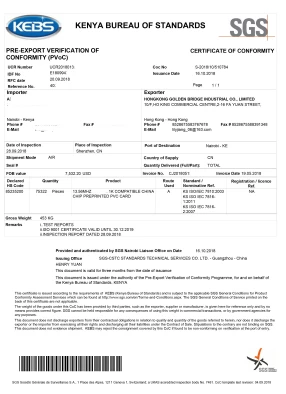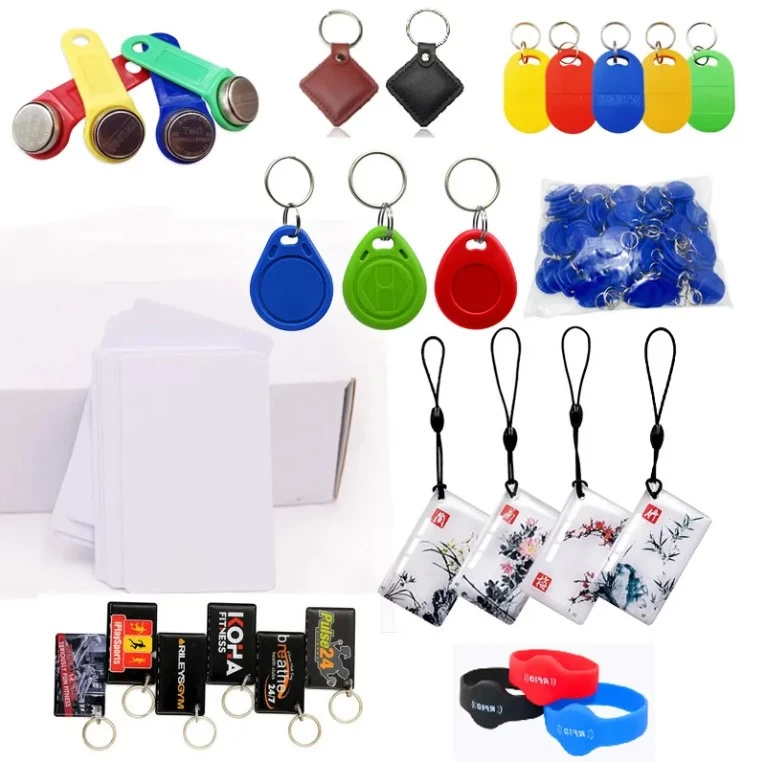How to choose a suitable RFID reader according to RFID system?

A RFID system isn't completed without the ability of automatic identification, data reading and writing, data storage and data processing. For rfid device testing, the RFID system can not be separated from three basic components: RFID tag, RFID reader (read tag information equipment), RFID antenna. The RFID reader as the most important part of theRFID system, its performance will directly affect the pros and cons of rfid system work.
1. First, determine what kind of RFID reader/writer, fixed RFID reader or portable RFID reader is needed for the RFID system? What are the special requirements for use occasion, frequency, andreading distance? At present, RFID readers on the market can be divided into 125K, 13.56M, 915M, and 2.4G according to the frequency band. According to the distance, they can be divided into close range, middle range, and long range.
1) 125K RFID reader: The lowest cost and read-only, the distance is generally less than 10cm, can also be done 1 meter. Application areas: low-cost access control, attendance,parking lots and other industries.
2) 13.56Mhz RFID reader: Read and write, distance between 10-150cm. It is divided into ISO14443A, ISO14443B and ISO15693 three kinds of protocals, 2 protocals of ISO14443 belong to close range reader within 10cm, ISO15693 belongs to medium distance reader, read and write distance from 0-150cm.
3) 915M UHF RFID reader: mainly for the middle distance, the general distance within 10 meters. It is divided into 18000-6B and 6C two kinds of protocals, the price of this type reader is slightly higher. Applications: High-end industries such as non-stop charging, automatic entry attendance statistics, etc.
4) 2.4G reader: The power self-carrying tag can transmit signals at the same time. The anti-interference ability is strong. The reading distance is generally between severaltens to several kilometers. Applications: Vehicle management, underground personnel positioning, and monitoring of important items in logistics.
The key to RFID selection is stable performance and easy to use. According to the actual requirements of the interface requirements (USB, RS232, RS485, and RJ45 network ports), software development needs and actual installation and other different needs, scientific research companies generally use RS232 or USB interface, and the project construction will use RS484 and RJ45 interface. All of these types of readers are available in Shenzhen Goldbridge, which can meet the needs of all walks of life.
2, The manufacturer's technical support is essential. The selection of a RFID reader will inevitably lead to technical communication with the manufacturer. This is especiallyimportant.


























